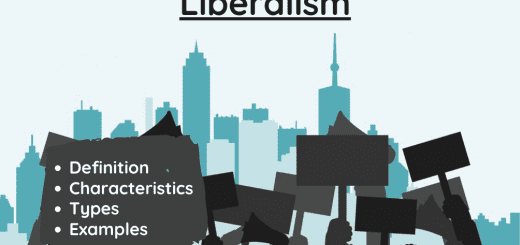What is Stock Split? – Explanation, Examples, Types, Effects
What is a Stock Split?
A stock split is a finance method to separate each company’s stock into a particular number. After the stock split, the number of shares of that company increases, but the market capitalization (company net worth) remains the same.
Since a stock split does change the company value, the total dollar value of stocks remains the same. In most companies in the world, the common split ratios are 2:1 or 3:1. This ratio means for each share before the split, each shareholder will receive two or three shares after the split.
Why Do Companies Split Stock?
Companies do the stock split for various reasons which are given following,
Decrease the share price – companies mainly split the share to low the market trading price of a share to bring the share price more affordable to the investors.
Increase the liquidity of shares – since the stock price is low, the liquidity of trading will become high. Investors can trade shares since the per-share price is decreased.
Stock Splits Example
Most investors are more comfortable purchasing if a share value is low comparatively. As an example, the investors feel more comfortable buying 500 shares of a $10 stock compared to 1 share of a $5,000 stock.
The company management can decide to split shares with a preferred ratio. As an example, if the ratio is 3-for-1 then each share held by the investor will have 3 shares in total after the split is completed. As another example, if the ratio is 10-for-1 then each share held by the investor will have 10 shares in total after the split is completed.
Real World Examples of Stock Splits
1. Tesla Stock Split for a 3-for-1 Ratio
Tesla announced a 3-for-1 stock split when it holds its annual meeting in 2022 August. Tesla’s stock split has gained interest from retail investors. The low value per share price makes the company’s stock more attainable for retail investors. With the recent inflation bought more attention to the electric vehicle (EV) industry, Tesla plans to boost the investors who will buy shares and increase the overall value of the company.
Read More:
2. Google Stock Split of 20-to-1 Ratio
In 2022, Google announced its intention to split its shares 20-for-1, which result that for one share, the investors will get a total of 20 shares after the split.
Read More:
3. Shopify Stock Split of a 10-to-1 Ratio
Shopify completed a stock split of a 10-for-1 ratio in 2022. The motive for this stock split is to make shares more affordable to more investors.
Read More:
Types of Stock Splits
1. Forward Stock Split
A forward stock split is the same as explained in Stock Split. A forward stock split is separating a high-price share into multiple low-price shares to reduce their price. Companies encouraged forward stock split to make the per share market value affordable to small investors.
This will result in a decrease in the share price automatically.
2. Reverse Stock Split
A reverse stock split is the total number of shares of the company reduced in number by merging some shares into a single unit. As an example, if the company wishes to do the reverse stock split for a 1-to-2 ratio, then the shareholder who had 100 shares will result to have 50 shares. If the company’s total share number is 2 million, it will be reduced to 1 million.
This will result in an appreciation of the share price automatically.
Effects on the Company Value (Market Capitalization) after Stock Splits
The total dollar value of the entire company (known as market capitalization) will remain the same even though the number of total shares increases after a stock split. Simply a stock split activity will not add any value to the company or decrease it. Only the total number of shares will be increased as per the ratio.
Stock splits are also non-dilutive, which means that the shareholder’s percentage of ownership will not change based on stock split activity. Each shareholder will have the same voting rights which they had before.
Effects on Share Price after Stock Splits
The share price will proportionately reduce to reflect the company’s market capitalization, following the stock split. The dividend per share will be adjusted accordingly if the company pays dividends, and it will keep the entire dividend payments the same.
As a result of the stock split, the number of total shares will increase, and per share price will reduce.
Learn More with LearnBusinessConcepts.com
- Initial Public Offering (IPO): Explanation, Steps & Examples
- Advantages & Disadvantages of Initial Public Offering (IPO)


